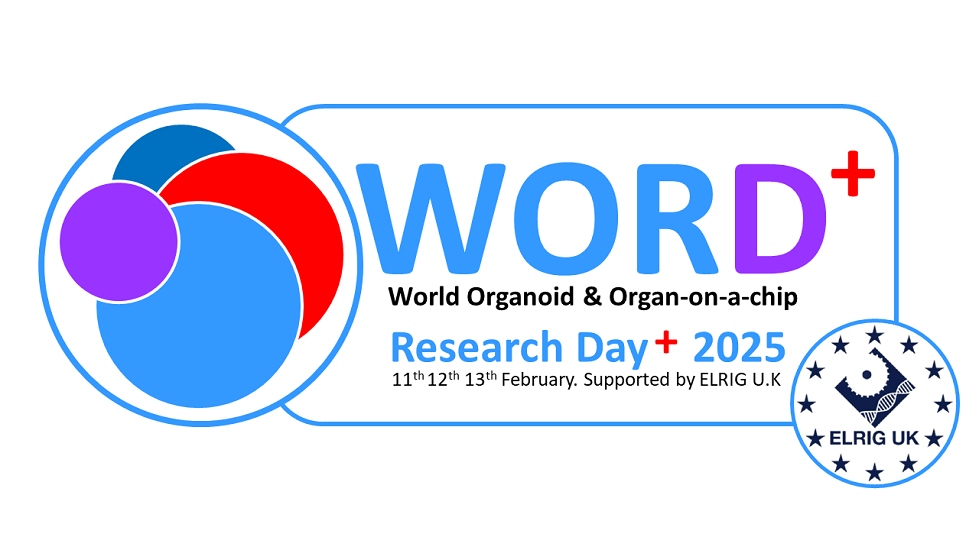Authors
J Clinton1; P McWilliams-Koeppen1; S Paul1; A Ruchinskas1; D Yin1; R Newman1;
1 ATCC, United States
Overview
To meet the need for improved approaches to study cancer in vitro, there has been a surge in the development of research models utilising advanced culture methods. These methods permit in vitro growth of cancer types previously not possible, and models with enhanced in vivo relevancy compared to traditional continuous cell lines. However, availability of these early-stage research models is currently limited and there is a lack of data on the ability to scale up production of these models.
Introduction
We sought to investigate the protocols, expansion capacity, cryopreservation ability, genetic stability, and feasibility of larger scale bioproduction of a subset of the models generated by the Human Cancer Models Initiative (HCMI). The HCMI’s initial goal is the development of 1,000 novel human cancer models, paired with bioinformatics and patient clinical data, particularly from rare or underrepresented cancer types.
Methods
One advanced culture method being utilised, three-dimensional organoid “microtissue” culture, potentially poses challenges for traditional large-scale bioproduction processes. It requires growth embedded within an undefined ECM and complex media formulations containing multiple small molecules and recombinant proteins with unknown stability and shelf-life. Additionally, organoid growth media typically includes multiple sources of undefined conditioned media containing critical growth factors.
Results
We cultured organoid models derived from human colon, pancreas, esophagus, and mammary tissues developed by laboratories contributing to the HCMI. Multiple unique donors were available for all tissues. Most models were maintained in culture continuously for at least 60 days. Tissue and donor variability was evident in model characteristics, including morphology, growth rate, and genetic stability. All models were amenable to scale up and could recover from cryopreservation.
Conclusion
While organoid culture represents a significant divergence from typical two-dimensional monolayer culture of continuous cell lines, our results show that these next-generation in vitro models are suitable for larger-scale bioproduction. This is vital to ensure the widespread availability of these models within the research community to facilitate applications like pre-clinical drug discovery and basic cancer research.

